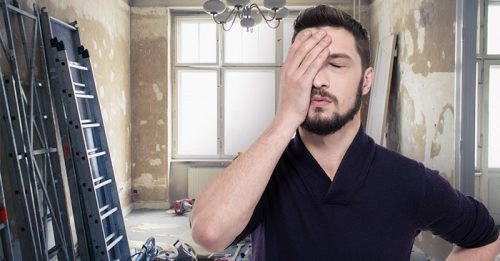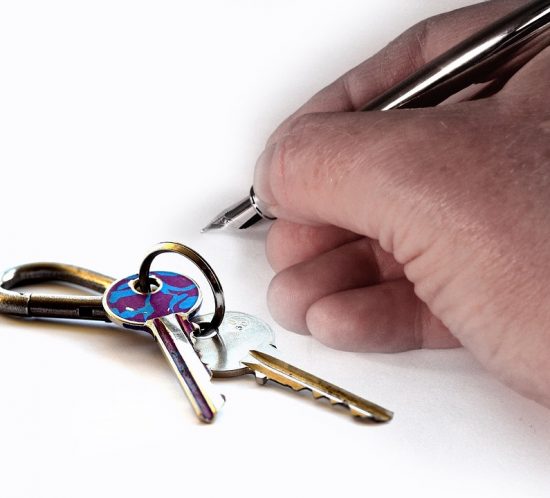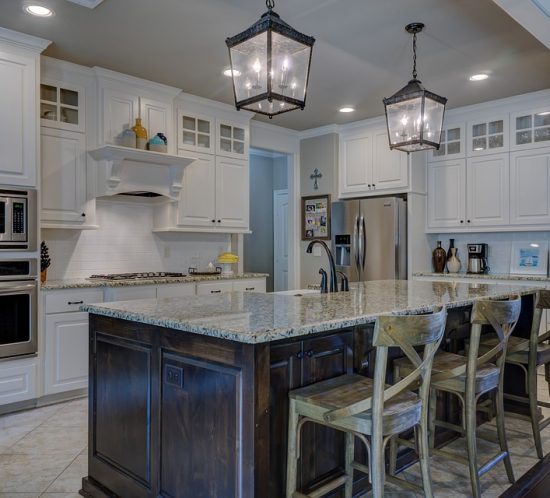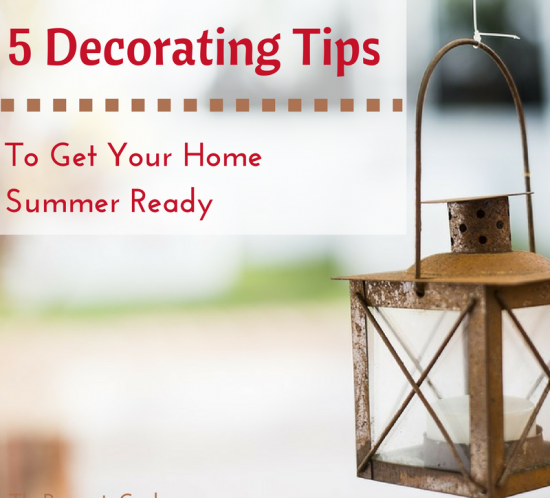9 Ways Home Flipping Shows Mislead Viewers
We all know the premise of home-flipping shows: An investor buys a veritable dump and then, with the help of a team of ready-and-willing contractors and landscapers, transforms it into the best-looking home on the block. Next, that intrepid buyer turns around and sells it for a hefty profit. Sounds like a straightforward formula for financial success, right? Well, not quite.
What makes for entertaining television doesn’t always translate into a win beyond the high definition flat screen. The following are nine ways home-flipping shows mislead viewers. So, if you’re considering turning this into your next career or even a side gig, you may want to separate fact from fiction first.
1. Tight turnarounds aren’t always realistic
via GIPHY
In order to realize as large a profit as possible, it’s important to flip the property as quickly as you can, otherwise paying the mortgage, taxes, and insurance quickly chips away at your bottom line. While sales tend to happen quickly on TV, the reality is that even if you have a willing buyer, getting pre-approved and securing the financing doesn’t happen overnight. For anxious sellers, that ticking clock is a constant reminder that every passing day means a little less money in their pockets.
2. Finding a dedicated team isn’t easy
via GIPHY
As far too many homeowners know, not all contractors are created equal. For the most part, the artisans who make their way onto home-flipping shows are trustworthy, knowledgeable and willing to work nearly round-the-clock to get the job done. In reality, contractors may be working on multiple projects simultaneously and may disappear for days at a time. And as we all know, time is money.
3. DIY doesn’t work for everyone
via GIPHY
Part of the appeal of these home-flipping programs is the ease with which the whole property comes together. But it’s more than just the time-lapse photography that makes it seem like anyone with a tool belt can renovate like a pro. While you might be tempted to take a DIY approach to keep expenses low, remember, these people know what they’re doing, whereas most homeowners are experts at other things. Sometimes tackling a task yourself will end up costing you more than if you’d hired the right person for the job.
4. When trouble strikes, it’s not so easy to resolve
via GIPHY
Even with a careful home inspection, surprises (not the good kind!) pop up when you least expect them. Yet, if a sink hole opens and threatens to swallow a sunporch, home-flipping show teams are ready to fix that issue like it’s no big deal. When it happens to non-TV-star homeowners, it’s not always easy to find the right subcontractor — especially when you’re under time constraints. And, once you do, can you even afford to deal with whatever unpleasant shocker has come your way? If you have to go back to the bank for more money, that will impact your timeframe and ultimately your profit. (See number 1.) Home-flippers on TV seem to have bottomless bank accounts. Must be nice, right?
5. Materials don’t arrive simultaneously
via GIPHY
When home-flippers begin a project, all the requisite materials are on-site and ready to go. If only this were the norm! Anyone who’s ever fallen in love with a special order item knows that it’s almost impossible to find everything you like in stock and ready for delivery. Some contractors are reluctant to start a renovation until all the supplies are in, which, again, can hurt your timeline and your profit.
6. The back-and-forth is all done behind-the-scenes
via GIPHY
Never mind the fact that homes showcased on these programs never seem to lack for buyers, in many instances there doesn’t seem to be any haggling to speak of when it comes to the asking price. Leaving out the art of negotiation does viewers a disservice as it makes it appear that buyers can’t wait to pay full price — or above it.
7. The math is fuzzy
via GIPHY
In order to reap the biggest profit, you need to buy below market value, sell above it, and not put more money into the renovation than you’ll get back. As if that equation weren’t complicated enough, on television, you don’t always hear about the costs of buying or selling, inspection and appraisals fees, and other expenses that go into both sides of the transactions. Leaving out some numbers conveniently inflates the profit.
8. Costs vary by area
via GIPHY
Renovating a bathroom in rural Tennessee is going to cost much less than it would in, say, Manhattan. Not only will the labor be less expensive, but the materials and delivery charges will also skew lower in non-metropolitan areas. Of course, none of that is addressed in the show and most often estimates on TV are far lower than those you’d gather in real life.
9. You can over-renovate
via GIPHY
Once you’re in the home improvement groove, you may be tempted to splurge and really go all out, but you have to resist the temptation to overdo it and put in more money than you’ll ever get back. In the quest to make your flip as fabulous as possible, you never want to lose sight of the the reason you started this project: to make money. Consider the return on investment for each improvement you make.
Do you have plans to take on a renovation or investment property this year? If so, let’s talk!














